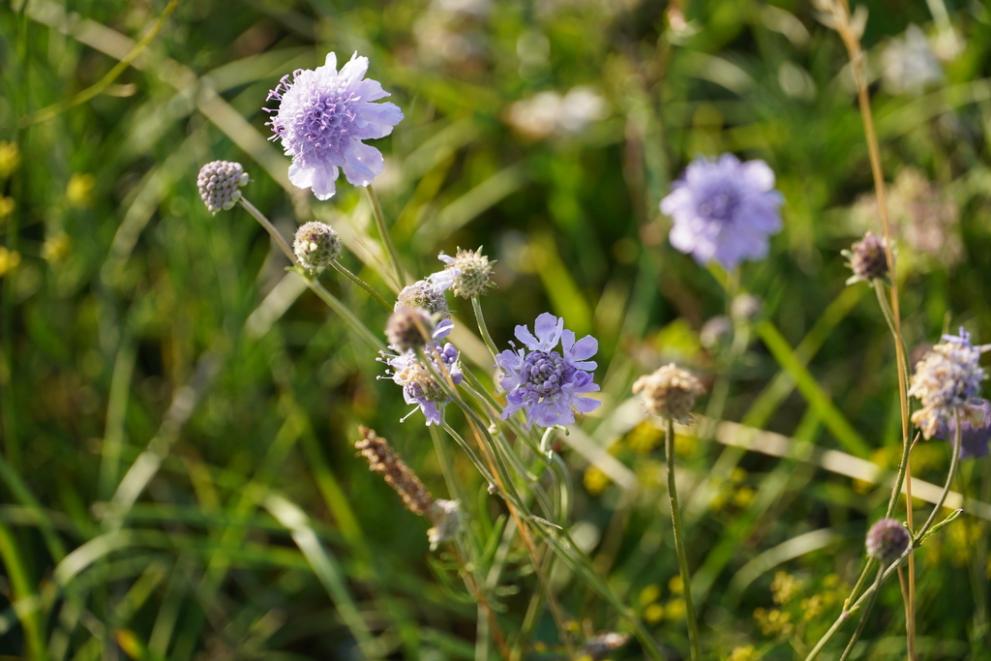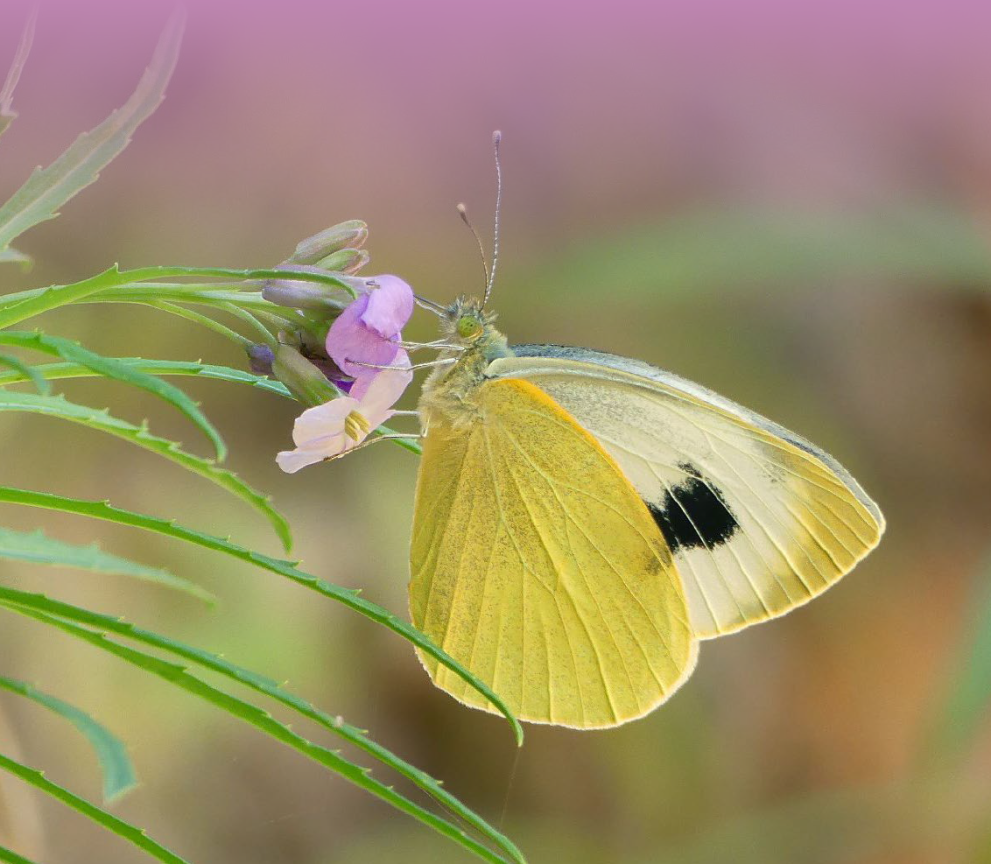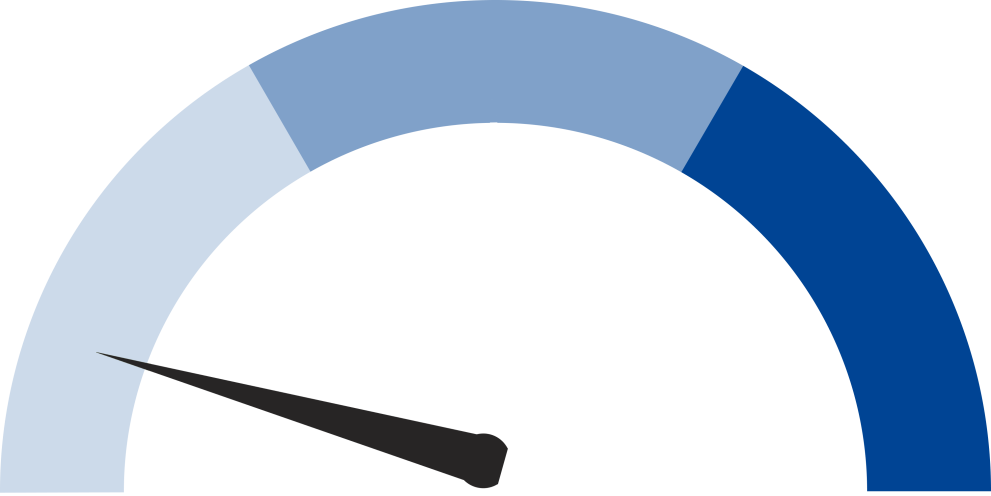Action plans for Europe’s most threatened pollinators

In 2023, the European Commission mandated the development of three targeted action plans to tackle pollinator decline. These plans were developed by the International Union for Conservation of Nature (IUCN) in collaboration with the IUCN Species Survival Commission, the Invertebrate Conservation Committee, the Hoverfly Specialist Group, and Buglife.
Each plan provides:
- Scientific assessments of species' status, ecology, and key threats.
- An overview of current conservation measures and their effectiveness.
- A list of priority actions needed to improve species conservation across their range in the EU.
Successful implementation requires coordinated efforts across sectors, mobilizing policymakers, researchers, land managers, and civil society to take decisive action.
Tracking implementation of Pollinator Action Plans across Europe
This graphic shows the average percentage of all the actions implemented for each species action plan.
 5%
5%Canarian Islands endemic pollinators of the Laurel Forest zone
 1%
1%Teasel-plant specialised bees in Europe
 4%
4%Hoverflies specialised to veteran trees in Europe
Click a country to view the percentage of total actions implemented per Species Action Plan which have taken place in that area.
News and updates

European Union Pollinators Action Plans Tracker

The Canary Islands are home to a unique and diverse range of species, including several pollinators found nowhere else in the world. These pollinators, which include specialised bees, butterflies, and hoverflies, are crucial for maintaining the region's delicate ecosystems, particularly the Laurel...

IUCN Save Our Species, in partnership with the European Commission, is pleased to announce the opening of the call for proposals for the European Fund for Youth Action on Pollinators.




